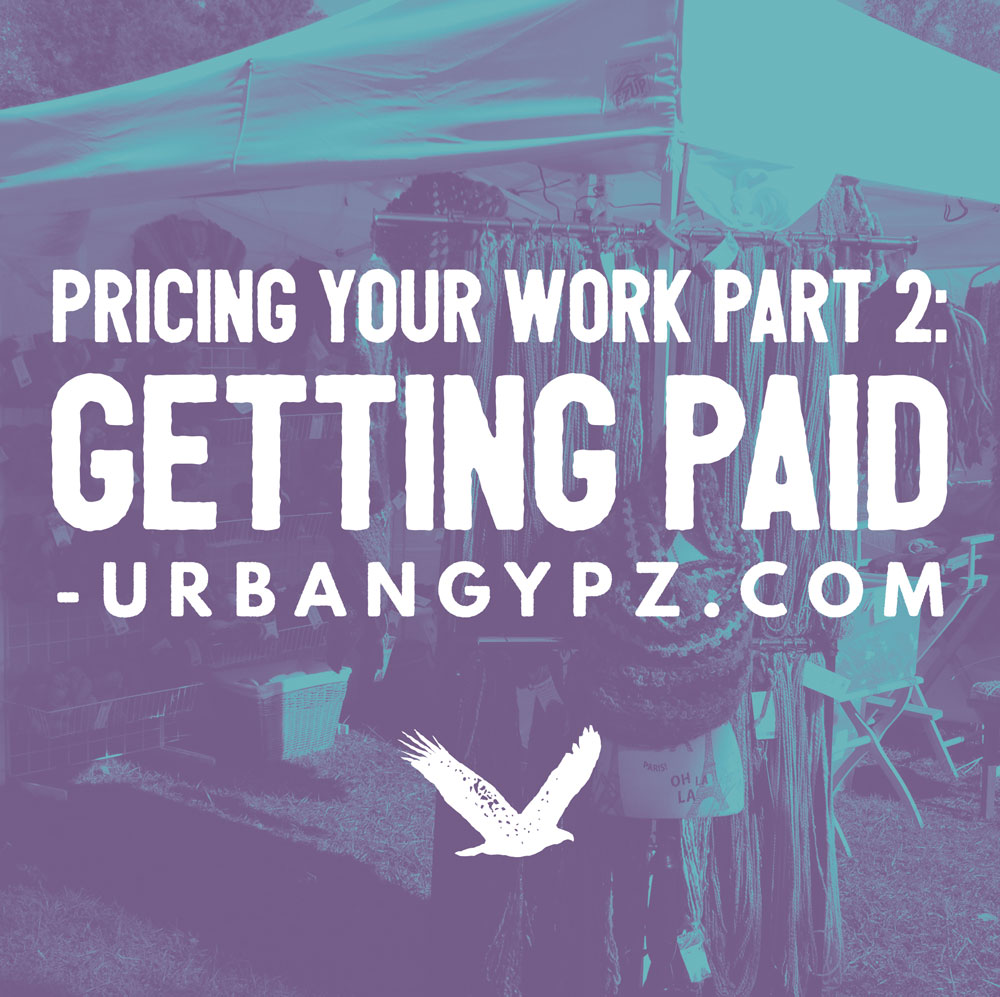
Alright Fiberista’s so, last week I shared with you the basic formula for finding the number that will support your work. And I spent a lot of time making the case for why you should charge according to that number even if you do not think you need the money or are uncomfortable with that number.
Today, I am am going to push your self value/money issue buttons. I have already gotten a couple of emails from some of you who think I am nuts for asking you to charge for your time because “I just can’t charge that much”. I have no doubt I will get more emails like this today. It is okay. I get it, I have been in your shoes, thought this myself and had to shift my mindset and the way I did business. This is the culmination of 12 years of pricing struggles, bad mistakes and thousands of dollars I have spent on classes about marketing artisan crafts. Today I am going to share with you why you should be using last weeks’s formula, who the hell will buy at that price, and how that is going to make you a better business person AND artist.
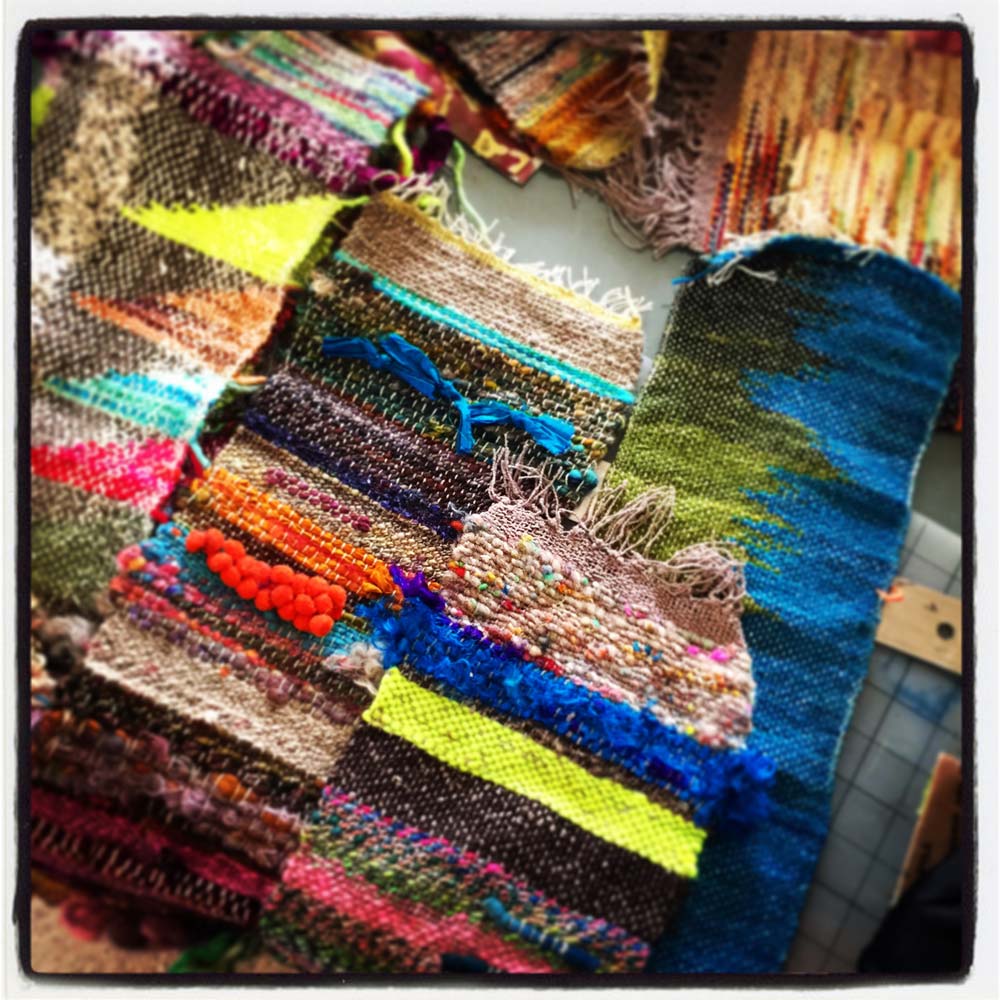
Here we go:
Why you do not want to let others set your prices
I am guilty of this too. We have all done this… look at what competitors are charging for similar products when deciding what to charge for our work. Here’s the thing. How are you sure your costs and overhead are exactly the same as your competitor’s? And for that matter, do you know how they came up with their prices? Maybe they are in a long line of people deciding to undercut the last person in hopes of grabbing a sale? This would mean the original sustainably configured price could be way higher than the downward evolution of that price your are considering undercutting even further. Please do not hang the fate and decisions of your business on someone else’s information. You have no idea where they got that price. You have the tools to come up with a number that is sustainable for you. What you really need is a better sense of self value.
That being said, stop trying to compete with manufactured goods.
You are hand making an item. What sets it apart from a manufactured item is the TIME and creativity you bring into it’s production. The “imperfections” lend to the handmade quality…emphasis on quality. If people want to buy a thing for as cheap as possible and do not care about the handmade aspects then it is a losing battle trying to market your hard work to those people. Let them buy the cheaper item. You want customers who will love the fact that your work is hand made, they want to feel good about buying your genius. I will often go a step further and refer the bargain hunters to my favorite discount resources. I get it. I have done my share of bargain hunting myself. I save my energy for people how love handmade, because they love and value what I have to offer.
Cheaper does not alway mean better sales.
If you are at a fish market will you automatically go for the cheapest price? Price does not alway equal quality. People will always be fine with paying more for what they feel is of better value.
You can charge whatever you want for anything.
Here’s the thing. There is no real law about what you need to charge for your work. What are the differences between a Mercedes SUV and a Ford SUV? Why does the Mercedes cost more? For the most part the cost of the materials are the same. Both are manufactured in similar communities. The difference is how each company caters to their clientele. Think about the typical clientele of each company. Each are at different stages in their lives and have different needs. Each company uses their marketing to advertise their SUV as a solutions to needs of completely different customer bases.
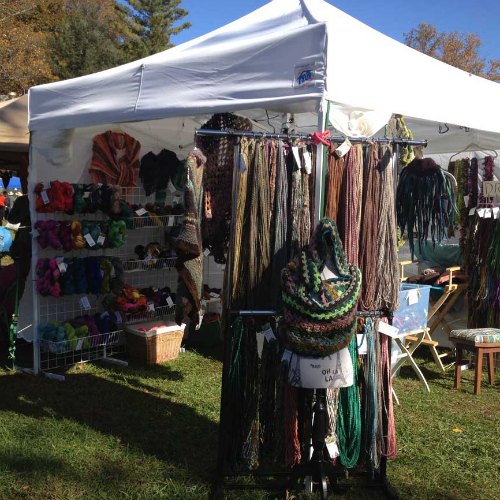
If you think you can not charge your customer a suitable price, you are marketing to the wrong customer.
Yep. When thinking of your ideal customer, the first thing you need to consider is marketing to someone who can afford your work. Period. Do you think Mercedes wastes time marketing to middle class families? no…they historically market to a slightly older, upper middle class professionals with a larger income. How can you raise the VALUE of your work to match the cost of the production plus margins for business growth? Think of that ideal customer(who can afford your price) Why would they buy from you? What will they love about your work? I probably could not afford to buy my own work. That is okay, I am not my ideal customer.
Running a business requires the exchange of money to be sustainable. And for handmade items labor costs are are almost alway more expensive because you do not have equipment or manpower to produce sustainably at a cheaper price. But ideally your customer will LOVE handmade, love the subtle differences in your work. Find the people who will shout “take my money!!” not the people who are grinding you down on your price.
Here’s a hint: Look for art enthusiasts
Straight up, aligning what you make as art will help you raise the value. Yes this can even be done with handspun yarn… Here’s how I did it. My customers for hand spun yarn are older professional women who love art and love to knit, and are right-brained knitters who love the textures and colors over techniques and process. I marketed my yarn as being luxurious enough to feel like they are making art just by knitting with my work. Working with my hand spun yarn would be like making a collaborative piece with me. I encourage them to use the yarn sparingly for accents(looks better in small amounts, besides being cheaper), and provided excellent customer service and knitting resources with invites to brainstorm ideas for their work. Feel free to steal this marketing tactic.
They are not buying the what, they are buying your why
When you are an artist, people love to hear about inspirations, back stories, your passions, your studio. When people are paying more for your work they are buying into your dreams and creative genius. When you share your why’s (and how’s), people want to support those dreams. Buying your work is giving them a piece of that dream. With social media today, artist can so easily market these visions, dreams and stories through instagram, blogging and videos. I know you probably are already doing some social media, just share more art and I promise people with be asking you to take their money.
Maybe selling your work is a just bad business decision
Have you ever noticed there are rarely hand made socks for sale? The time making them is LONG. The numbers just never crunch out enough to be productive or sustainable. Not all art is worth selling. In Lauren Venell’s Bookkeeping for Crafter’s class, Venell shares behind the scenes numbers that helped her decide to move her hand made meat plushies to being mass produced. Sometimes you just can not shave any more time off your own production time, or source the materials cheaper. Sometimes the idea of selling what you make dies in the number crunching. Even in big business, ideas often die when the numbers prove unsustainable. It is okay. There are other ideas to find that WILL be sustainable, save your time and energy with those ideas that work.
What is not okay is doing ignoring the numbers, rethinking your marketing and just charging a bad cheapo price anyway. That is not smart marketing and you are only hurting your fellow fiberistas with your own insecurities about the value of your work. You may or may not be serious about your handmade side business, but there are some people out there who need the numbers to work. I spend a lot of time helping other fiberista’s see their work as art with blog posts, forums, and support groups for this very reason. I want you guys to understand that what you do is not just of monetary value that is worthy of sustaining you financially. Your visual language is worth putting out there and finding customers who VALUE that voice. I promise, they are out there and waiting to help you with your vision and dreams of selling your fiber art.
Sign Up for the UrbanGypZ Fiber Arts Collective
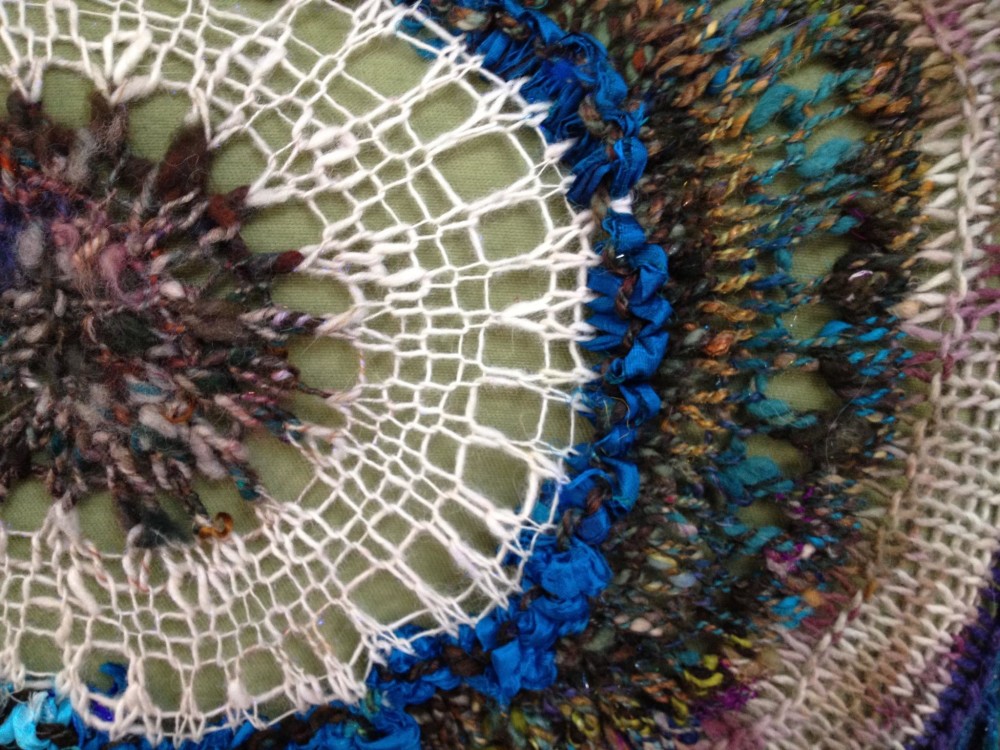

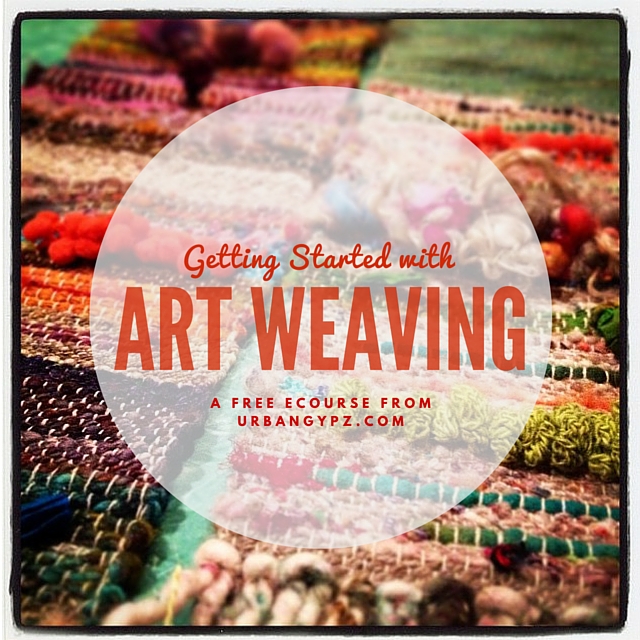
 Fiber artist Stacey Budge-Kamison AKA UrbanGypZ lives and works in Cary NC. She can also be found knitting in public, hammering out her latest e-course at local cafés and spinning yarns in her booth at her favorite arts festivals. A designer at heart, Stacey has decided that her mission is to help fellow knitters, crocheters, weavers and felters embrace their own style and creativity by exploring fiber art as it is a part of their everyday life and helping them embrace the title of artist no matter where they are in their journey.
Fiber artist Stacey Budge-Kamison AKA UrbanGypZ lives and works in Cary NC. She can also be found knitting in public, hammering out her latest e-course at local cafés and spinning yarns in her booth at her favorite arts festivals. A designer at heart, Stacey has decided that her mission is to help fellow knitters, crocheters, weavers and felters embrace their own style and creativity by exploring fiber art as it is a part of their everyday life and helping them embrace the title of artist no matter where they are in their journey. 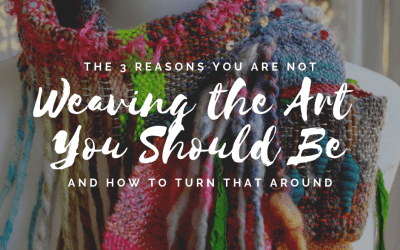

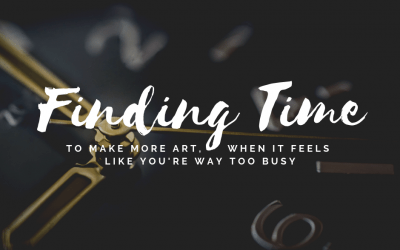
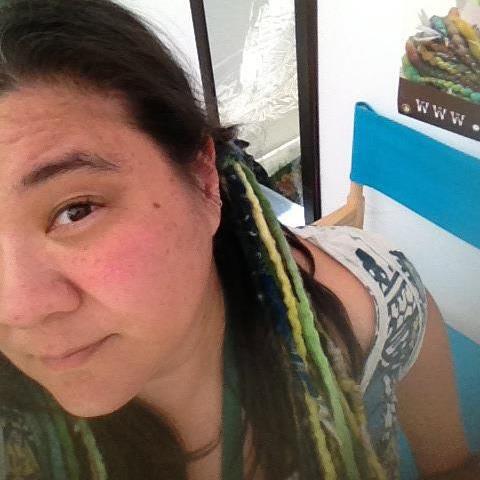

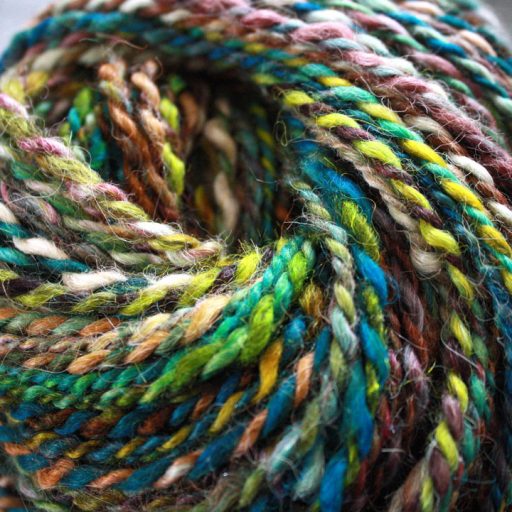


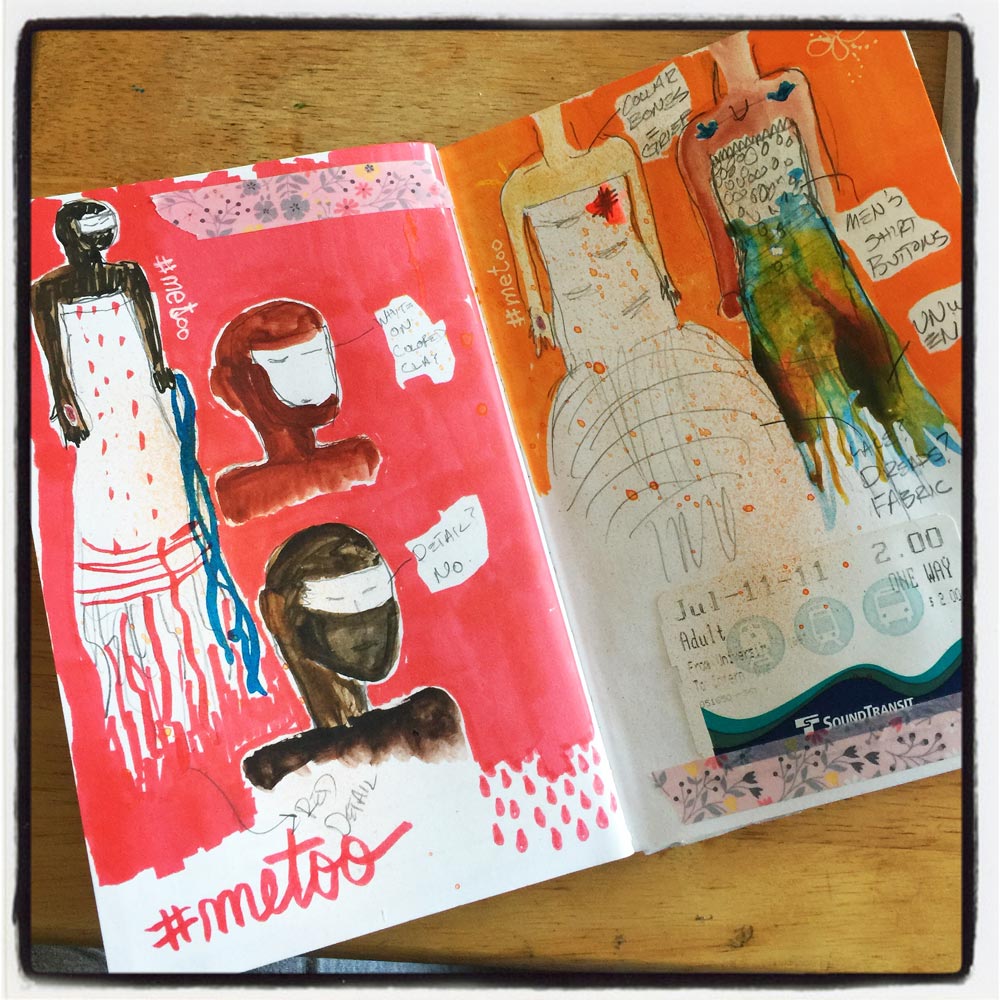
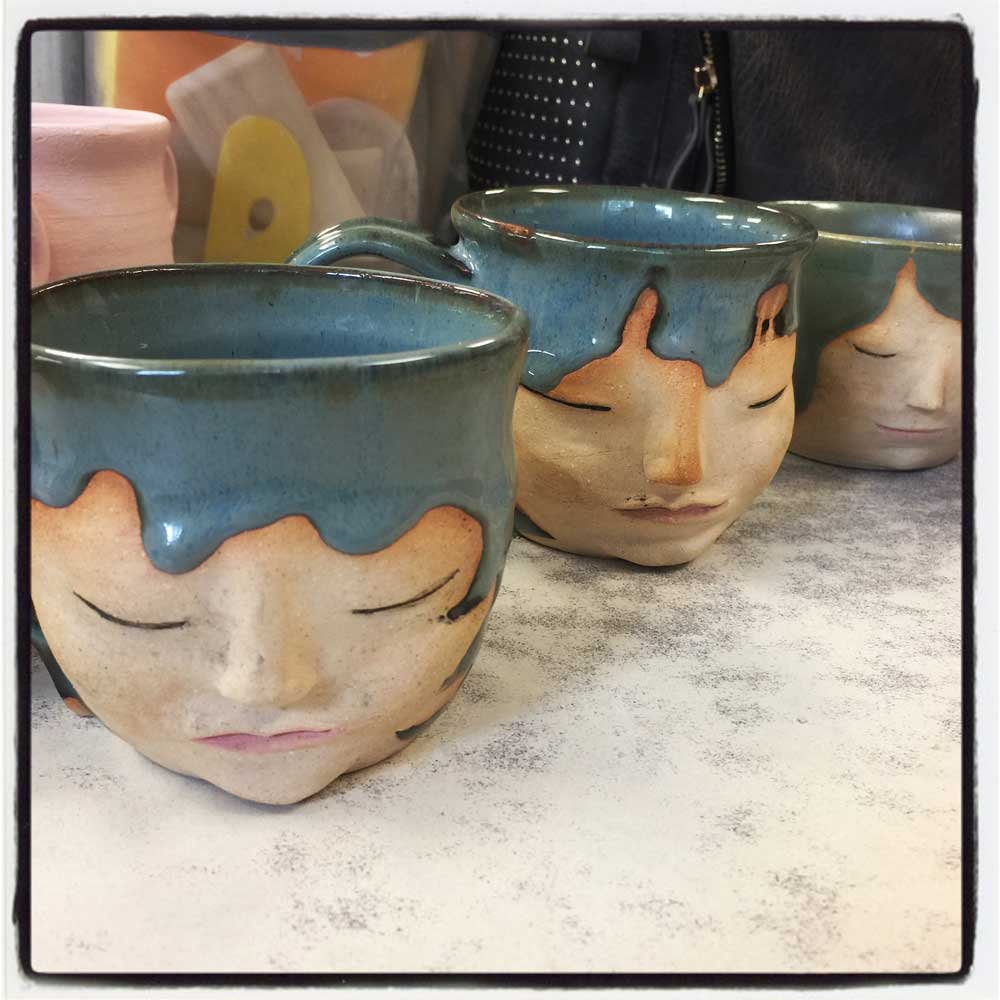



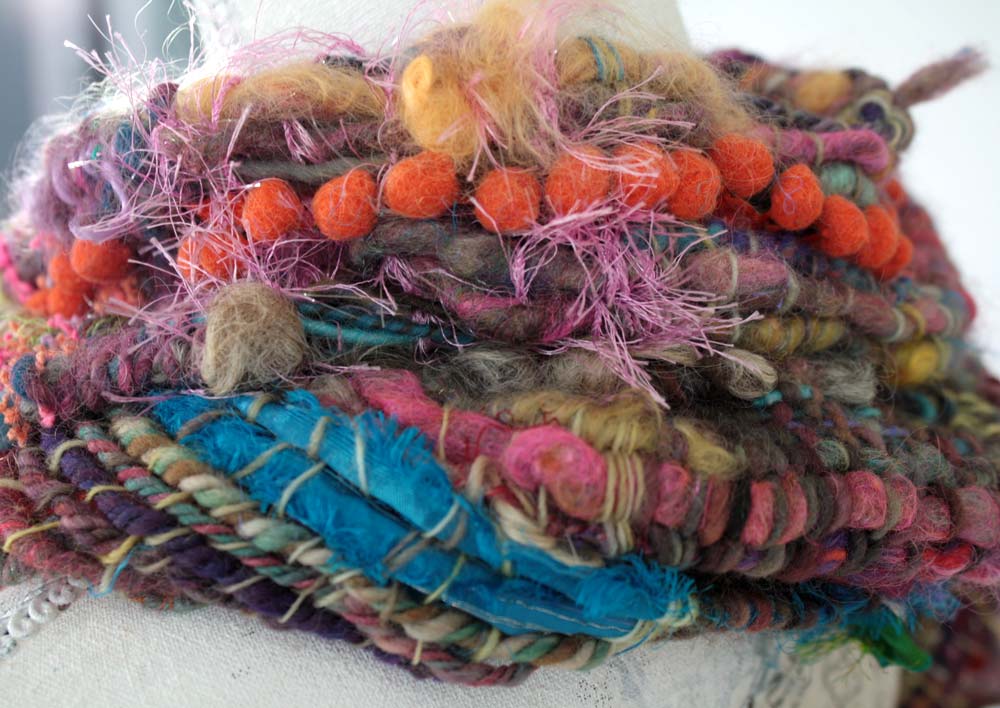
Oh, SO right!! Can’t underscore what you said enough!!